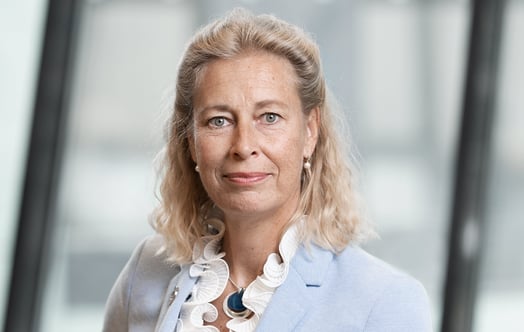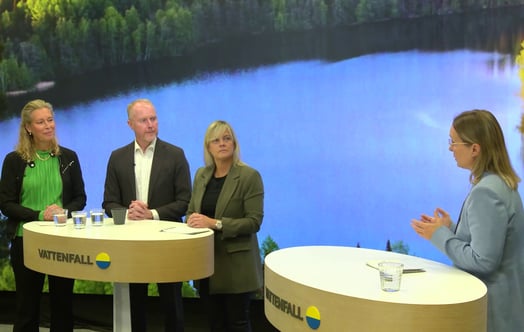”Fossil free within one generation” – Vattenfall’s Annual and Sustainability Report 2017
Vattenfall’s Annual and Sustainability Report 2017 has now been published with the theme “Fossil free within one generation”. The report describes Vattenfall’s direction focusing on growth in renewable production and sustainable energy solutions. At the same time, the company reports a financial trend reversal in 2017 with a positive result for the first time in five years.
”Vattenfall continues to promote a climate-smarter life for its customers with the goal to reduce dependence on fossil fuels. We want to be a driver in this development. A number of important milestones were reached in 2017 on the path away from coal in parallel with substantial growth in renewable generation,” says Vattenfall’s President and CEO Magnus Hall.
For the first time since 2012, Vattenfall reports a positive result with a net profit of SEK 9.6 billion in 2017 and a proposed dividend of SEK 2 billion. The change in Vattenfall’s business portfolio and increased growth in renewable production have contributed to a changed risk profile, which is also reflected in new financial targets for the company.
Good progress in investment projects
Examples of major investment projects that were commissioned during the year are the offshore wind farm Sandbank (288 MW) in Germany, that was finished three months ahead of schedule, and Vattenfall’s largest onshore wind farm in the UK, Pen y Cymoedd (228 MW).
As part of the action plan for reduced CO2 emissions, Vattenfall proceeded with the phase-out of coal-fired power generation in Berlin with the conversion of a lignite-fired power station, Klingenberg, to natural gas. Vattenfall also decided to invest EUR 305 million in a new gas-fired combined heat and power plant (CHP) in Marzahn-Hellerdorf, Berlin, with a capacity of 260 MWel plus 230 MWth, and commissioning expected in 2020.
To reduce environmental impact throughout the value chain, Vattenfall also continued partnerships during the year with large Swedish industrial companies aiming at dramatically reducing Sweden’s total CO2 emissions. This includes projects focusing on CO2-free steel production (HYBRIT together with SSAB and LKAB), reduced CO2 emissions in cement production (Cementa), and reduced emissions from refineries for production of biodiesel (Preem). The expansion of electric vehicle infrastructure continued, which will help to reduce climate impact from the transport sector. The InCharge network now includes more than 4,000 charging points.
Read the full Annual and Sustainability Report 2017
For further information, please contact:
Vattenfall’s Press Office, Telephone: +46 8 739 50 10, email: press@vattenfall.com
Vattenfall is a leading European energy company, that for more than 100 years has electrified industries, supplied energy to people’s homes and modernised our way of living through innovation and cooperation. We now want to make fossil-free living possible within one generation. Therefore we are driving the transition to a more sustainable energy system through growth in renewable production and climate smart energy solutions for our customers. We employ approximately 20,000 people and have operations mainly in Sweden, Germany, the Netherlands, Denmark, the UK and Finland. Vattenfall is owned by the Swedish state. For more information: www.corporate.vattenfall.com



